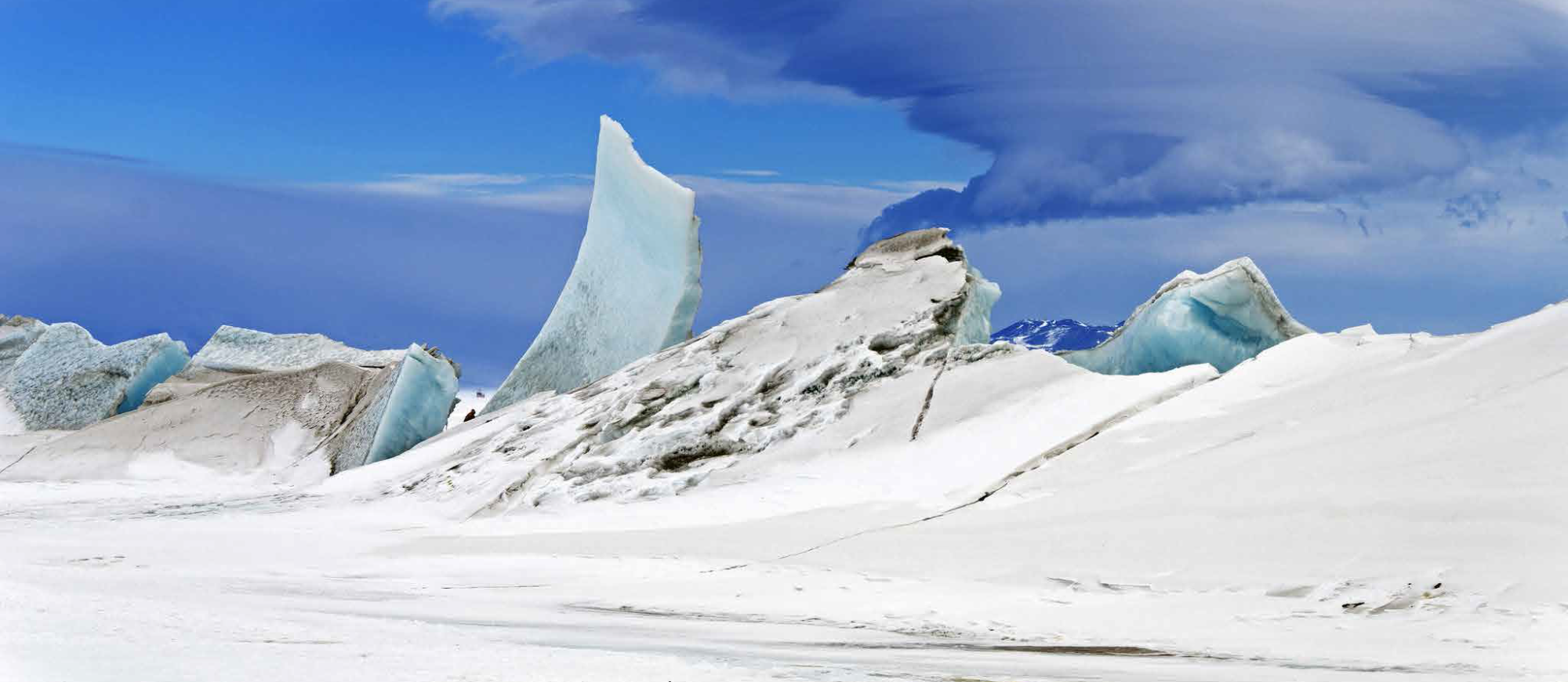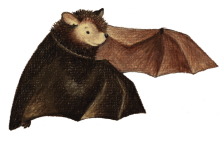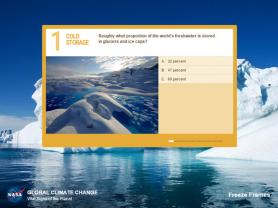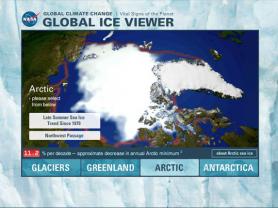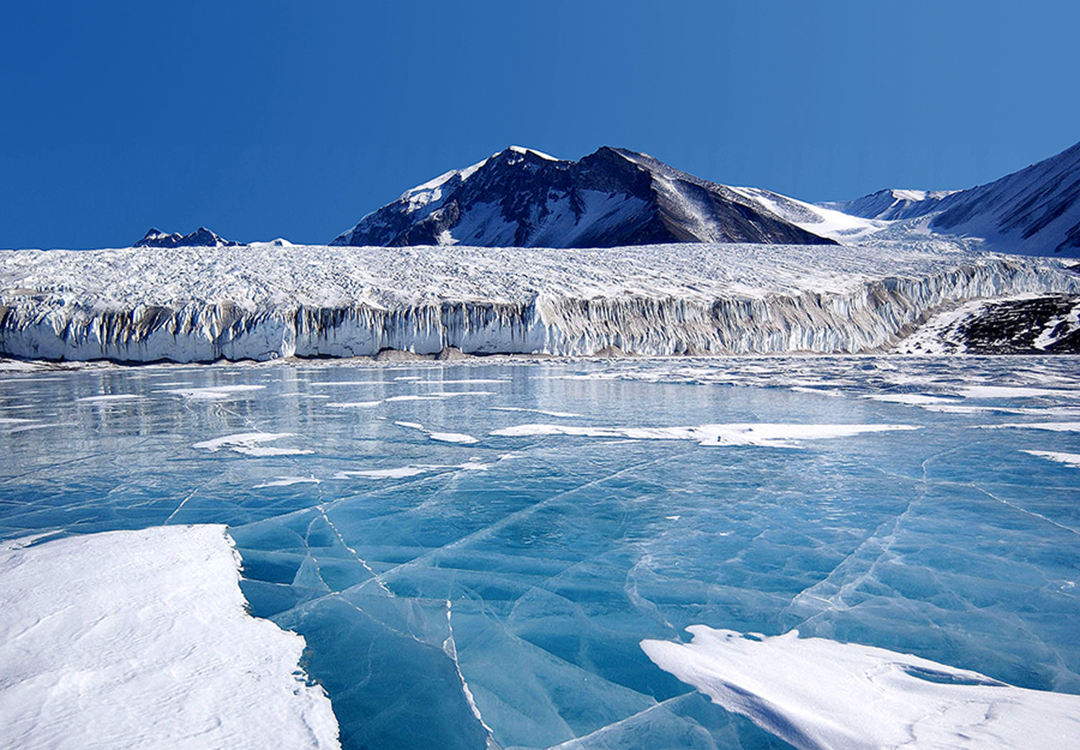Your Guides
Meet Paige and Pho - your guides through the ICESat-2 FunZone! Join these two to learn more about the NASA ICESat-2 mission.
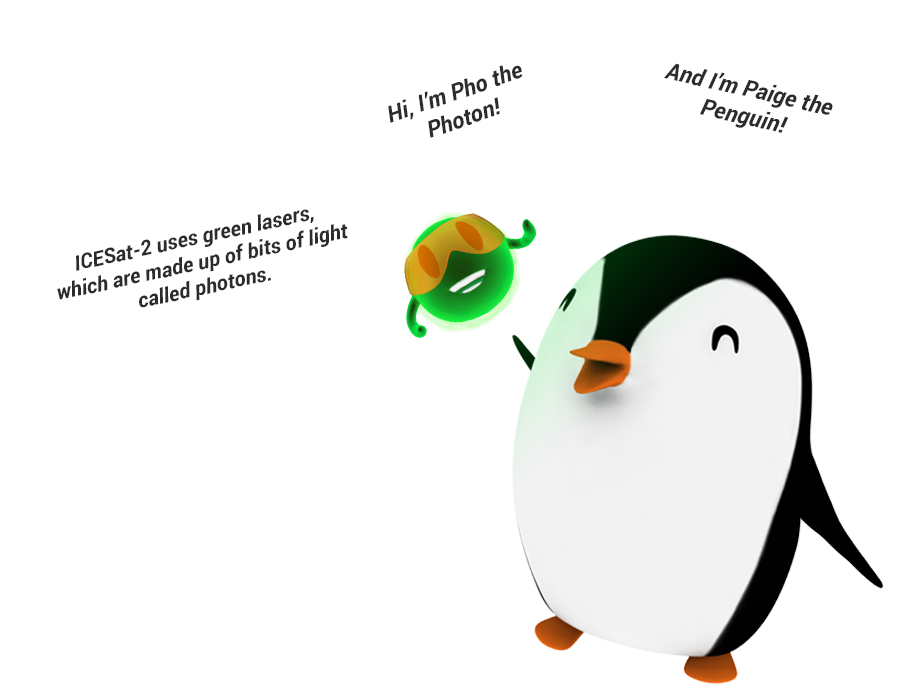
Videos
Click on any item to see the video.
Join Paige & Pho with ICESat-2’s Dr. Denis Felikson to learn what’s going on with ice sheets.
You can create an ICESat-2 Micro-environment model by using common things found around your house. The ICESat-2 Micro-environment allows you to identify the Earth objects that ICESat-2 can measure, the elevation of, from space.
The "Breaking Down the Big Questions at NASA" video is a resource that can be used alongside any activity that involves creating and developing questions. While the video focuses on questions about trees, the basic principles are necessary for asking scientific questions. The video was created for students wanting to do student research projects, who often get tangled up in the onset of their research with things problems like "what questions can I answer?" and "how do I answer such a huge scientific question?" The video discusses how to answer large research questions by starting with a series of smaller, exploratory questions that can serve as a guide to the student research and to help answer the larger, seemingly very difficult research questions.
Activities
Check out the Biome Buddies Booklet to learn more about the ecosystems ICESat-2 measures, with our friends, the Biome Buddies!
Explore the Adventures of Echo the Bat in which ICESat-2 is featured in the active remote sensing section. The book is written and illustrated by Ginger Butcher and sponsored by our Landsat partners featuring Landsat images in Arizona and ICESat-2 data over the Grand Canyon.
See what happens when sea ice and land ice melt in this DIY activity. Note: Aquarium not required!
Fun Links


